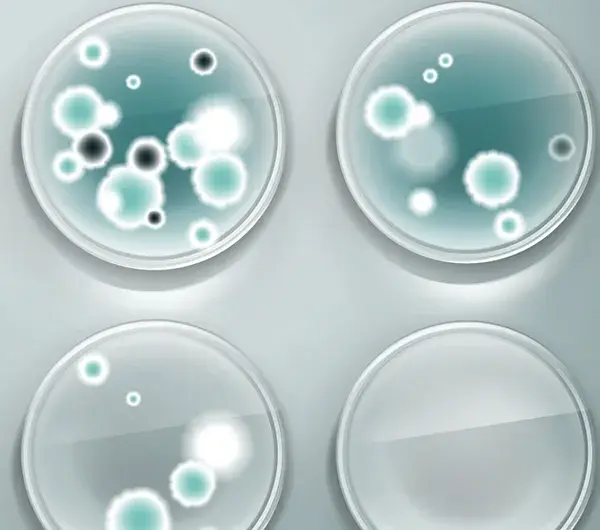Mold is a four-letter word. But you can control it.
- Honeyman Home Services

- Sep 14, 2022
- 3 min read
The presence of mold is normal, particularly in Florida. Mold spores are virtually everywhere - floating in the air and on all surfaces. But if the spores that are naturally present in your home meet moisture and the right temperature, the mold will quickly grow out of control, with the potential to damage drywall, flooring, ceilings and even your home furnishings.

The health effects of mold are nothing to sneeze at. For people sensitive to mold (like me!), inhaling or touching mold spores can cause allergic reactions including sneezing, itchy eyes and runny nose. People with serious mold allergies can have far worse reactions, including shortness of breath and asthma attacks.
PREVENTING MOLD GROWTH
In a recent blog post I wrote about the destructive force of water, mold being one issue. Here are 6 more tips to avoid mold growth in your home whether you have a big water event or a minor leak.
1.Clean and dry up spills within 24 hours. Moisture is food for mold, and yes, it can start growing that quickly!
2.Keep indoor humidity to less than 60 percent at all times through adequate ventilation, and the use of air conditioning and dehumidifiers. Most smart thermostats keep track of indoor (and outdoor) humidity, but the humidity in your kitchen, laundry room and bathrooms will always be higher than what the thermostat registers (it only measures one point in your home). In these areas a hygrometer to track and a dehumidifier to remove humidity can be of great help.
3.Avoid humidifiers (the ones used to ADD humidity to a room, not remove it), hanging wet clothes, towels, and linens to dry indoors, and taking a shower or bath without first turning on the bathroom exhaust fan or opening a bathroom window to exhaust humid air to the outdoors.
4.Be obsessive with your AC maintenance. Air conditioners can enable mold to grow through the internal condensation of water and blow airborne mold spores into the indoor living area. Replace your AC filters at least every 3 months (I do mine monthly), keep your unit’s drip pan clean, and make sure that your drain lines are free of obstructions by flushing them with bleach every 3 months, and getting them professionally flushed twice a year.
5.Install HEPA filters inside the heating/cooling air supply duct registers and use a vacuum cleaner with HEPA filters to vacuum carpeting and rugs.
6.Inspect bathroom, kitchen, and laundry room plumbing areas (such as inside and beneath sinks and sink cabinets) regularly for water leaks, water damage, and mold growth.
SEEK OUT HIDDEN MOLD
If you smell mold, you have mold - even if you can’t see it, and particularly if there has been a water intrusion event. Mold hides on the back side of dry wall, wallpaper, and paneling; on the top side of ceiling tiles and the underside of carpets and pads. It can also be found in walls around pipes that are leaking or condensing, inside ductwork, and in roof materials above ceiling tiles (due to roof leaks or insufficient insulation).
Now, before you start tearing up your wallpaper or carpeting, consider getting your home tested for mold to determine whether you have a problem and pinpoint where it is. There are home mold testing kits for sale at home improvement stores, but if you suspect the problem is significant, or you have family members experiencing health problems, call a professional.
HOW DO I CLEAN IT UP AND WHO SHOULD DO IT?
Who should do the cleanup depends on a number of factors. One consideration is the size of the mold problem. If the moldy area is less than about 10 square feet (less than roughly a 3 ft. by 3 ft. patch), if you’re up for it, you can handle the job yourself. Just make sure that you have the appropriate protective gear and cleaning agents. Click here to see how the EPA says you should do it.
If there has been a lot of water damage, and/or mold growth covers more than 10 square feet, you have mold sensitivity or you’re just grossed out by the whole thing, hire a water and mold remediation contractor to do the cleanup. Make sure that the provider has experience with mold (or call us and we can find you one).
It is impossible to get rid of all mold and mold spores indoors, but its growth can be prevented. If you do have a mold problem remember, it’s critically important to fix the cause. If not, it will grow back in no time.
The health effects of mold are nothing to sneeze at. For people sensitive to mold, inhaling or touching mold spores can cause allergic reactions including sneezing, red eyes and runny nose. People with serious mold allergies can have far worse reactions, including shortness of breath and asthma attacks.



Comments